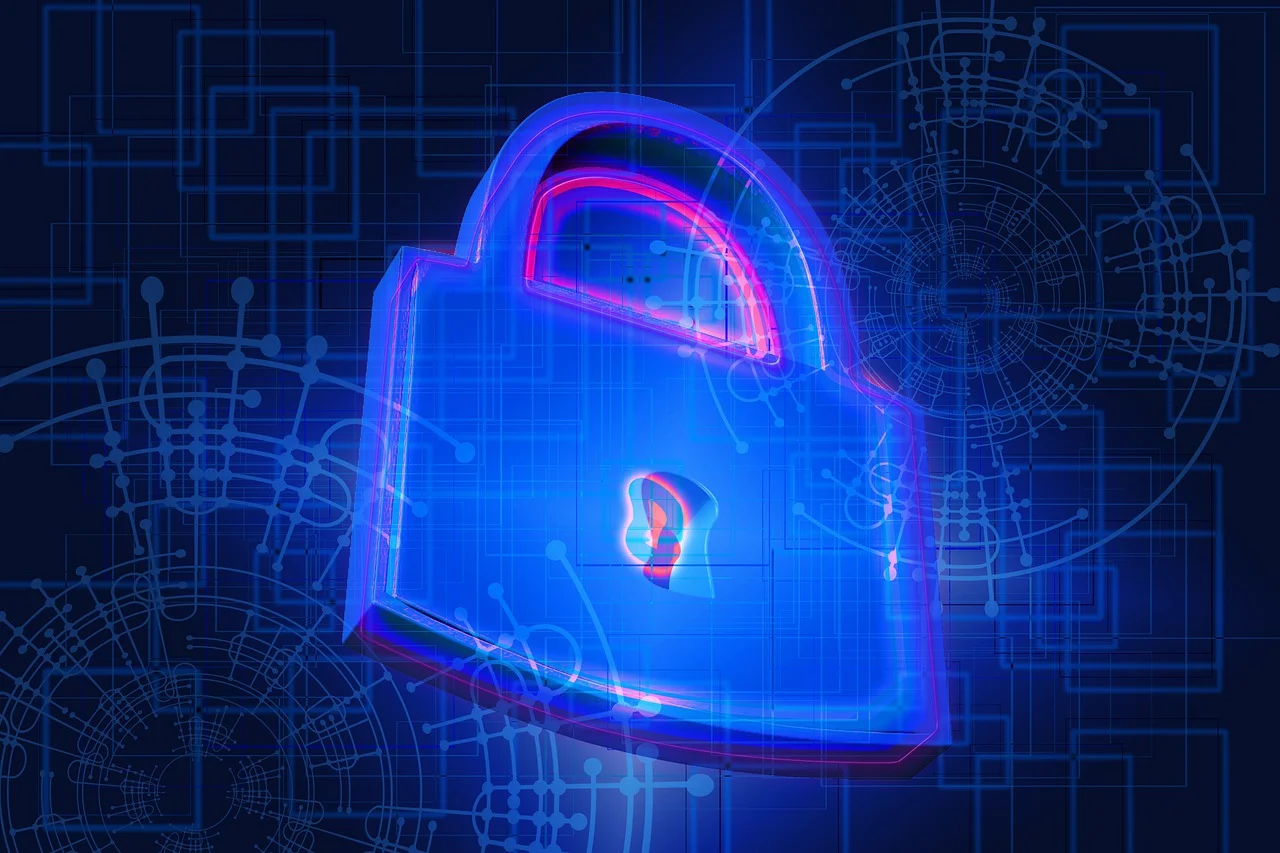In today’s digital age, viruses and malware are constant threats to the security of personal and professional devices. These malicious software programs can steal sensitive information, slow down your device, or even render it inoperable. Whether you’re using a smartphone, laptop, or desktop, understanding how to prevent malware infections is crucial. One of the most effective ways to deal with an emerging threat is immediate action. Here’s a comprehensive guide on how to safeguard your devices from malware, including steps to take when you suspect an infection and other preventive measures you can adopt to avoid falling victim to these attacks.
Immediate Actions: What to Do if You Suspect Malware
- Turn Off Your Device Immediately
- Why it works: As soon as you notice suspicious activity—like your device becoming unusually slow, programs crashing, or unfamiliar pop-ups—it’s critical to act quickly. Switch off your device immediately. This prevents the malware from executing further commands and potentially spreading through your system or network.
- Wait for a Few Seconds: After turning off your device, wait for a few moments before turning it back on. This allows any processes that might still be running in the background to fully stop. It’s like “disrupting” the malware’s operation to prevent it from restarting when you reboot.
- Disconnect from the Internet
- If your device is still on and functioning, immediately disconnect it from the internet. This includes Wi-Fi and Ethernet connections. Disconnecting from the network prevents the malware from spreading to other connected devices, downloading additional malicious software, or sending data to remote servers.
- Boot in Safe Mode
- After turning off your device, reboot it into Safe Mode. Safe Mode is a diagnostic mode in which only essential programs and services are loaded, allowing you to remove malware that might not be detectable in normal mode. This step is particularly important for Windows PCs, which offer an easy option to boot into Safe Mode by pressing F8 during startup. For Mac users, restart the system and hold the Shift key to boot into Safe Mode.
- Run Malware or Antivirus Software
- Full Scan: Once you’ve rebooted in Safe Mode, run a full system scan with trusted antivirus or anti-malware software. These programs can detect and remove a wide range of malware, including viruses, spyware, ransomware, and Trojans.
- If you don’t already have antivirus software installed, consider using free options like Malwarebytes or Windows Defender, or invest in a paid version of Norton, Bitdefender, or Kaspersky, which provide more comprehensive protection.
- Use System Restore (if necessary)
- If malware has severely compromised your system, you can use a System Restore to revert your device to a previous state before the infection occurred. On Windows, this feature can be accessed through the Control Panel under Recovery. On Mac, you can use Time Machine to restore your system to a previous backup.
Long-Term Prevention: Steps to Safeguard Your Devices
- Keep Software and Operating Systems Updated
- Patch vulnerabilities: One of the most important ways to prevent malware infections is by keeping your operating system (OS), software, and applications up to date. Developers frequently release security patches to fix vulnerabilities that malware can exploit. This includes updating your OS (like Windows, macOS, iOS, Android) and any applications you use regularly, such as browsers, antivirus software, and productivity tools.
- Use a Reputable Antivirus Software
- Always have a reliable antivirus program installed on your device. These programs provide real-time protection by scanning files and links for potential threats. Most antivirus software also includes additional layers of protection, such as firewalls and email protection, to detect suspicious attachments or phishing emails.
- Additionally, make sure your antivirus software is set to update its virus definitions automatically, as new malware types are discovered daily.
- Be Cautious with Email Attachments and Links
- Phishing is one of the most common ways malware enters a device. Attackers often send fake emails or messages from legitimate-looking sources that encourage you to click on a link or download an attachment.
- Always double-check the source of the email. Be wary of clicking links in unsolicited emails, especially if they contain suspicious attachments or ask you to download files or provide sensitive information.
- If you receive an email claiming to be from a financial institution, for example, don’t click the link. Instead, go directly to the website via your browser.
- Enable a Firewall
- Both hardware and software firewalls act as a barrier between your device and potential external threats. They monitor incoming and outgoing traffic and block anything that seems suspicious. Most operating systems, like Windows and macOS, come with built-in firewall protections. Third-party firewalls offer additional layers of security and customization, particularly in high-risk environments.
- Use Multi-Factor Authentication (MFA)
- MFA is one of the best ways to protect your accounts from unauthorized access, especially if your passwords are compromised. It requires more than just a password to gain access—usually, something you have (like a smartphone) or something you are (such as a fingerprint) is required as a second factor.
- Backup Your Data Regularly
- Regular backups are a crucial step in protecting your data from malware, particularly ransomware, which encrypts your files and demands payment for their release. Using services like Google Drive, iCloud, or external hard drives for periodic backups ensures that your data is safe even if your system is compromised.
- Install Software from Trusted Sources Only
- Download software and apps only from reputable sources such as the Google Play Store, Apple App Store, or official websites. Avoid downloading software from unfamiliar websites, as they may contain malware-laden installers or offer cracked versions of paid software, which are often bundled with malicious files.
Conclusion: Staying Safe in an Increasingly Dangerous Digital World
Protecting your device from viruses and malware requires vigilance, quick action, and a proactive approach to security. As soon as you notice suspicious activity, the first step is to turn off your device and disconnect from the internet. From there, use trusted antivirus tools and employ safe modes to remove the threat. However, prevention is just as important. Keeping your software updated, using antivirus protection, practicing cautious online behavior, and backing up your data regularly can significantly reduce the risk of infection.
By following these simple but effective steps, you can keep your devices and personal data safe from viruses and malware.
Sources:



